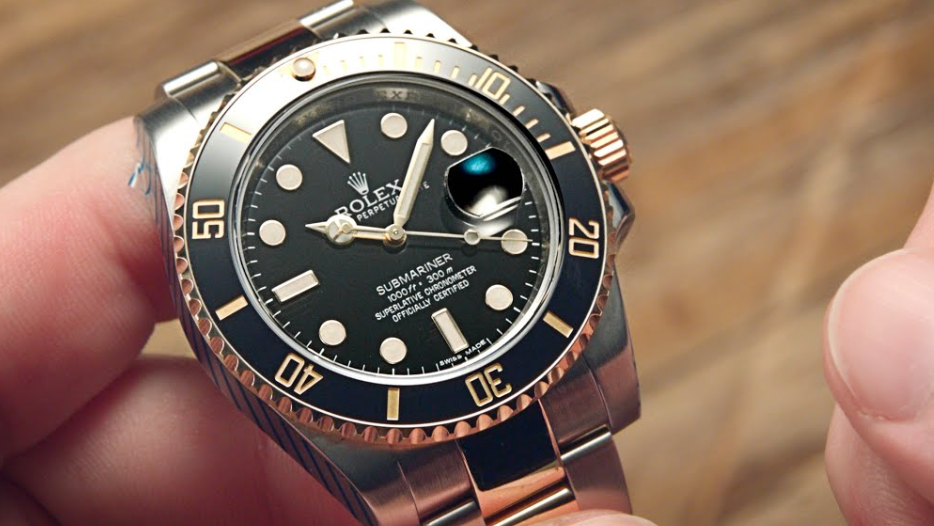A few weeks ago, we published an in-depth study of a new watch from Montblanc. The watch in question is the Heritage Manufacture Pulsograph, which uses a movement manufactured at the Minerva Institute of Haute Horlogerie in Villeret. As most enthusiasts probably already know, this is the home of the Minerva Watch Company, which has undergone some changes in ownership and direction over the past 20 years and now produces hand-crafted movements for Montblanc cheap replica watches.
It’s always interesting to see people’s specific reactions to Montblanc Minerva pieces, as they raise some interesting questions. Leaving aside the whole question of how the company has evolved since its acquisition by Richemont in 2006 (and how it has evolved since the Frey family sold it in 2000), the reaction of enthusiasts to the quality of Minerva movements tends to be very positive, as they represent a very traditional, classic example of fine watchmaking in the very typical high-end Swiss idiom.
However, this particular aspect of watchmaking is not universally attractive. On the one hand, it would be surprising if it did have universal appeal, since people have different tastes. On the other hand, however, those who are not interested in movement finishing, and those who believe that modern watchmaking should emphasize engineering innovation and precise performance, may find finishing superfluous at best. For them, it seems a relic of an era in which, in the absence of true innovation, watchmakers passed the time by giving movements a jewel-like appearance (to borrow a famous phrase from Georges Daniel, whom himself preferred his movements to have a more sober, less obvious look). In a review of the Heritage Manufacture Pulsograph, there were several such dissenting opinions, as one HODINKEE community member, danazol, wrote.
“Allow me to ask: I’ve read many times that the real difference in fine watchmaking is the traditional finishing process, which has always bothered my modernist-leaning mind because it seems to put decoration above engineering and overall design. To me, a beautifully crafted mediocre design remains mediocre, although I can see the merit in the effort. Since I am not an expert in movement engineering, does a mediocre movement engineered but beautifully crafted still pass for Haute Horlogerie, or does this not exist?”
This is a very big question, so much so that I hesitated initially to answer. It would take a book, and a big one at that. However, it is a very interesting question, and it seems a shame to me to back out and not try to answer it, at least in a general way. So, now it begins.
The subject of sports decoration must be seen in a larger context, as these technologies do not exist in a vacuum. Rather, they result from the different roles that swiss replica watches have played over the centuries and how timekeeping technology has evolved. Movement decoration is something that has evolved throughout the history of watchmaking. Many of the early movements – which go back to the earliest table clocks, which gradually evolved into watches as they became smaller and smaller – were iron movements. While they could have very elaborate decorated cases, the movements were often more or less completely undecorated.
